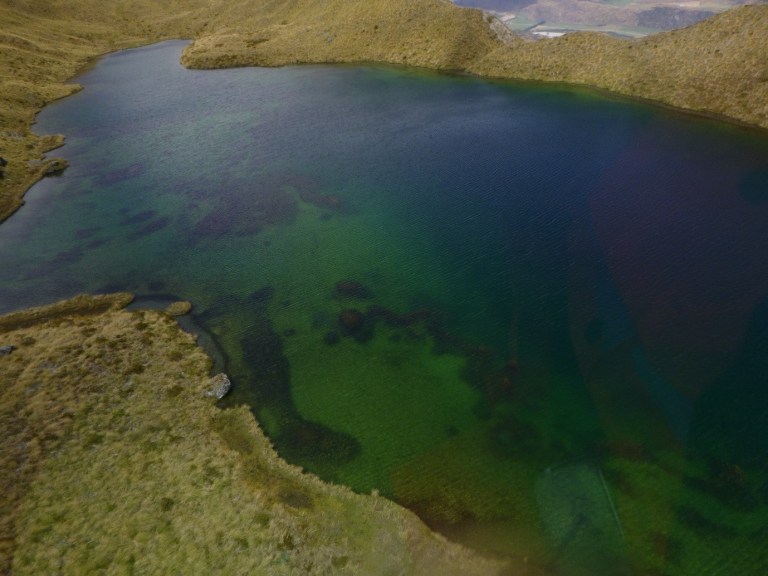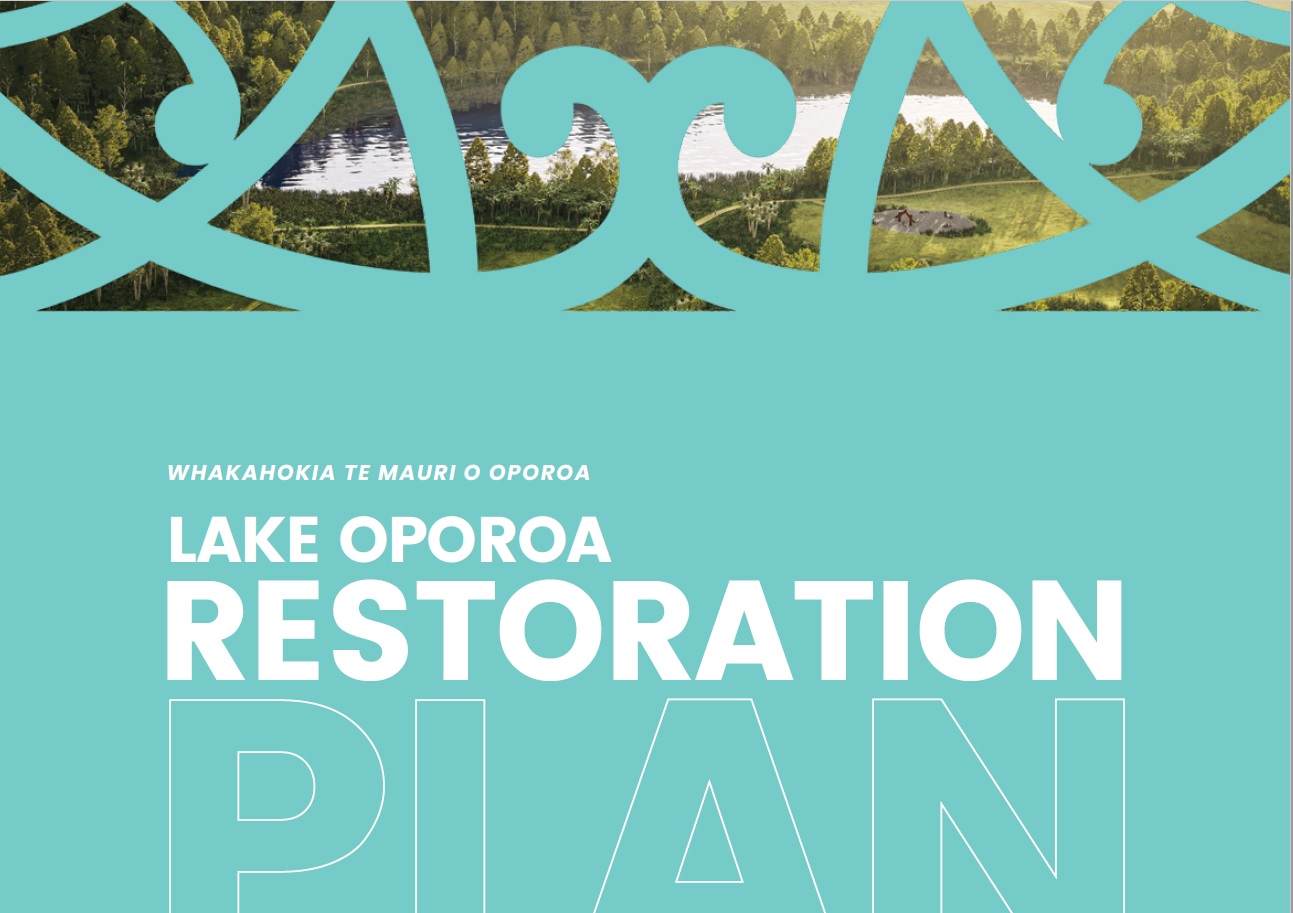By Henry Gard, Senior Technician, GNS Science
I have been a part of two other Lakes380 campaigns prior to this one – Hawkes Bay and Taranaki – and it always impresses me how well-organised these trips are. Marcus Vandergoes, Susie Wood and many others behind the scenes at the Cawthron Institute, GNS Science and various other organisations ensure everything runs smoothly.
On this trip, the team visited nine lakes near Haast and Wanaka and collected many water quality samples and a total of 27 sediment cores. In contrast to the previous week of fieldwork, we had some wild, wet weather on the coast which, unfortunately, did affect our work somewhat as we were sampling alpine lakes that could only be accessed by helicopter.
Day one involved travelling to our base in Hannah’s Clearing, south of Haast and unpacking and preparing our gear for fieldwork, all the while being pestered by voracious sandflies.
Day two began with persistent rain which grounded the helicopters for the day. Luckily, the rain had eased by midday giving us the opportunity to collect water quality samples from Lake Moeraki and Lake Paringa (Photo 1).

Day three was an exciting day for me as it was my first time flying in a helicopter! It was exhilarating as the helicopter took-off from Haast and landed on the shore of Lake Douglas, a beautiful, pristine lake surrounded by native forest (Photo 2). By lunchtime, we had finished sampling, had cleaning our gear and were in the heli again on our way to Lake Eglington, a lake in the alpine zone, above the tree line (Photo 3). The scenery was spectacular, with schist outcrops and waterfalls. An amazing spot and one of my highlights of the trip.


Day four was our last day on the West Coast. With low cloud hanging around the hills in the morning our plan to sample two lakes was out the window. Thankfully, the cloud had cleared by midday, so we loaded up the helicopter and set off to Lake Greaney (Photo 4). Sampling went smoothly on the lake with sampling and cleaning done within 3 hours. After we had packed up all our gear back at base we had time for one last walk along Hannah’s Beach at sunset (Photo 5).


On day five we waved goodbye to Hannah’s Clearing and Haast on a stunning West Coast morning as we travelled through the Haast Pass to Wanaka. When we arrived we were greeted by an almost flat Lake Wanaka – perfect conditions for coring! After we set-up at our Wanaka base the team split up, with half of the team going out on the lake to collect a short demonstration core and the other half exploring Wanaka. I was on the exploration team and we had time to visit #thatwanakatree and walk the Mount Iron track. In the evening Marcus and Susie presented a talk on the Lakes380 project to New Zealand Royal Society Members and a few other local groups. Everyone showed great interest in the project and there were plenty of questions at the end (Photo 6).

Day six we flew by helicopter to Lake Lochnagar. This was another alpine lake that was quite large – which turned out to be a bit of an issue… the deepest water depth our side scanner recorded was over 100 meters! With only 60 meters of anchor rope we were forced to sample closer to the shore. After 3 hours we had gathered all our water samples but were unable to get the anchors to hold on the steeply inclining lake bed and so were only able to collect one short core. In the afternoon we took the helicopter to one of the Alta Tarns (Photo 7), which was a lot smaller, so sampling was finished in record time!

Day 7, the last day of fieldwork for our team. We loaded up the Helicopter at Wanaka airport one last time and climbed up to 1700 meters elevation to Lake McKay (Photo 8) and then onto an unnamed lake nearby. We completed these lakes in record time. Before I knew it, I was on the plane back to Wellington that evening.

All in all, this lakes380 trip was the best one I have been on so far. We visited some amazing lakes with breath-taking scenery and it was a pleasure to work with the team: Marcus Vandergoes, Susie Wood, Riki Ellison, Lizette Reyes and John Pearman.















